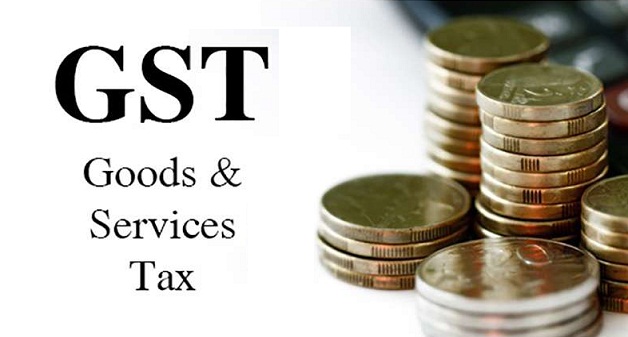March 29 was a landmark day in the Indian history. Yesterday, all the four bills were cleared at the Lok Sabha. This milestone implies that Goods and Services Tax (GST) is on cards for India and it’s financial system. The GST is the country’s biggest tax reform in India’s history.
The GST is a grand subsumation exercise which oozes the message – One country, One Tax.
Lets understand this in simple layman language:
GST is demarcated into two major divisions: CGST and SGST.
CGST is a mega subsumation of a slew of central taxes, excise duty, additional excise duty, additional customs duty and service tax.
SGST is a comprehensive tax including VAT, sales tax, entertainment tax, purchase tax, mandi tax, luxury tax, octroi and entry tax.
The Centre will levy the central GST and integrated GST, while states will impose the SGST.
Let’s have a close look at the dynamics of GST
Under GST, only 4 slabs will apply – 5%, 12%, 18% and 28%.
Essential items like rice and wheat will be non-taxable. The lowest tax rate of 5% is proposed for items of mass consumption such as spices, tea and edible oil. The most popular rates which will apply will be 12% and 18%.
Items such as luxury cars, pan masala, tobacco and aerated drinks will be slotted under the highest tax slab of 28%.
Exemption from GST
The limit of Rs 20 lakh will be the exemption limit for businesses. However, the Northeastern states are exempt upto the limit ony upto Rs 10 lakh.
Taxpayers assessment
Taxpayers with an annual turnover of above Rs 1.5 crore will be assessed by state as well as center in tandem.
Nonetheless, taxpayers with a turnover of below Rs 1.5 crore can also be assessed by the state.
GST will increase government revenue and foster the spirit of ‘One Tax One Nation’, thereby thwarting tax invasions and also reducing cascading effect.
Moreover, GST will increase economic growth upto 1-2% which will ensue a multiple of other benefits for the country including transparency, proper allocation of resources and assets among others.












